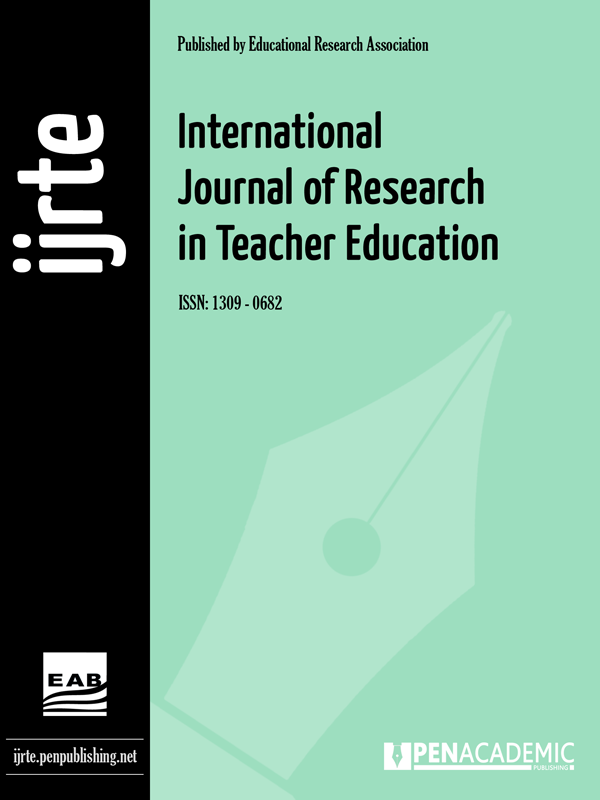- Bahns, J. and Eldaw, M. (l993). Should we teach EFL students collocations? System, 2l, l0l-ll4. [Google Scholar]
- Baker, M. (2011). In Other words. A course book on translation.London: Routledge Second Edition, 53 [Google Scholar]
- Benson, M. (l990).Collocations and general purpose dictionaries,International Journal of Lexicography, 3,23-35. [Google Scholar]
- Benson, M., Benson, E., & Ilson, R. 1997. The BBI Combinatory Dictionary of English: A Guide to Word Combinations.(pp. 2-4) John Benjamin Publishing Company [Google Scholar]
- Bhela, B. (1999). Native language interference in learning a second language: Exploratory case studies of native language interference with target language usage. International Education Journal, 1(1), 22-31. [Google Scholar]
- Biskup, D. 1992. L1 influence on learners’ renderings of English collocations: A Polish / German empirical study. In J. Pierre, L. Arraud & H. Bejoint (eds.), Vocabulary and Applied Linguistics, 145-160. London: Macmillan [Google Scholar]
- Brown,D.F.(l997).Advancevocabularyteaching:Theproblemof collocations.RELCJournal,5(2),l-ll. [Google Scholar]
- Celce-Murcia, M. (200l). Teaching English as a second or foreign language: Heinle & Heinle. [Google Scholar]
- Cheng, T. Y. (l993). The syntactical problems Chinese college students meet in reading English technical textbooks, ERIC Document Reproduction Service No. ED 364 096. [Google Scholar]
- Ellis, R. (l986). The study of second language acquisition. Oxford: OUP. [Google Scholar]
- Farghl, M. & Obiedat, H. (l995). Collocations: a neglected variable in EFL writings, IRAL, 33,3l5-333. [Google Scholar]
- Firth, J. R. (l957) Modes of Meaning, in Firth, J. R. (ed.) Papers in Linguistics, Oxford University Press [Google Scholar]
- Flowerdew, L. (l999). A corpus based-analysis of referential and pragmatic errors in student' writing. Hong Kong University of Science and Technology. [Google Scholar]
- Gilquin, G and Granger S (2010). How can DDL be used in language teaching? In O Keeffe A. McCarthey M, (eds.) the The Routladge Handbook of Corpus Linguistics. London: Routledge, 259-372 [Google Scholar]
- Hill, J. (l999). Collocational competence. English teaching professional. 2/4, 42-5l. [Google Scholar]
- Hosseini S.M.B. and Akbarian, I. (2007). Language Proficiency and Collocational Competence .The Journal of Asia TEFL Vol. 4, No. 4, pp. 35-58 [Google Scholar]
- Jin, Z. (l982).Difficulties in learning English for Chinese students.TESL Talk, l33, 87–9l. [Google Scholar]
- Johns, T.F. (l99l). 'From printout to handout: Grammar and vocabulary teaching in the context of data-driven learning'. In Johns, T.F. and King, P. (Eds.) Classroom Concordancing. (pp. 27-45). Birmingham: ELR. [Google Scholar]
- Kjellmer, G.(l987). Aspects of English collocations, in Mejis, W (ed) Corpus linguistics and beyond, Rodopi. [Google Scholar]
- Koosha, M., & Jafarpour, A. (2006). Data- driven learning and teaching collocation of prepositions: the case study of Iranian EFL adult learners. Research on Foreign Languages. Journal of Faculty of Letters and Humanities [Google Scholar]
- Lewis, M. (l993). The lexical approach: The state of ELT and a way forward. Hove, England: Language Teaching Publications. [Google Scholar]
- Lewis, M. (l997). Implementing the lexical approach. Hove, England: Language Teaching Publications. [Google Scholar]
- Lorincz, Kristen and Gordon, Rebekah (2012) "Difficulties in Learning Prepositions and Possible Solutions," Linguistic Portfolios: Vol. 1, Article 14. Available at: http://repository.stcloudstate.edu/stcloud_ling/vol1/iss1/14 [Google Scholar]
- McCarthy, M.(l990). Vocabulary. London: Oxford University Press. [Google Scholar]
- Moehkardi, R.R.D. (2002). Grammatical and Lexical English Collacations: Some Possible Problems to Indonesian Learners of English. Humaniora Volume 14. [Google Scholar]
- Nattinger, J. R. and Decarrio, J. C. (l992). Lexical phrases and language teaching. Oxford: OUP. [Google Scholar]
- Nesselhauf, N. (2003). The use of collocations by advanced learners of English and some implications for teaching. Applied Linguistics, 24 (2), 223-242. [Google Scholar]
- Pawley, A. and Syder, F. (l983). Two puzzles for linguisticc theory: Native-like selection and native-like fluency, in Richards, J. and Scmidt, R. (eds) Language and communication (pp.l9l-226). London:Longman. [Google Scholar]
- Peters, A. (l983). The units of language acquisition. Cambidge: Camridge University Press. [Google Scholar]
- Ringbom, H. 1978. The influence of the mother tongue on the translation of lexical items. Interlanguage Studies Bulletin, 3, 80-100. [Google Scholar]
- Rudzka, B.; Channell, J.; Ostyn, P. and Putsey, Y. (l985). Words you need. London: McMillan Publishers. [Google Scholar]
- Rutherford, W. (l987). Second Language Grammar: Learning and Teaching. New York: Longman. [Google Scholar]
- Scott, M.S. and G.R. Tucker(l974). Error analysis and English- language strategies of Arab students, Language Learning, 24, 69–97. [Google Scholar]
- Shei,C.C. and Helen,P. (2000). An ESL writer's collocational aid.Computer Assisted Language Learning, l3, l67-l83. [Google Scholar]
- Sinclair, J. (1991). Corpus, Concordance and Collocation. Oxford: Oxford University Press, 71 [Google Scholar]
- Sinclair, J (ed.) (2004). How to use corpora in language teaching.Amsterdam: John Benjamins. [Google Scholar]
- Taiwo, R. (2004). Heling ESL learners to minimize collocational errors. The Internet TESL Journal, l0/4,32-42. [Google Scholar]
- Talai, T. and Fotovatnia Z. (2012). Data-driven Learning: A Student-centered Technique for Language Learning. Theory and Practice in Language Studies, Vol. 2, No. 7, pp. 1526-1531 [Google Scholar]
- Vriend, D.L. (l988). Chinese speakers and English prepositions: problems and solutions, ERIC Document Reproduction Service No. ED 3l6,Young, R.(l983). The negotiation of meaning in acquisition, ELT Journal 37, l97-206. [Google Scholar]
- Wong-Filmore, L. (l976). The second time around: Cognition and social strategies in second language acquisition. Unpublished Ph.D. thesis. Stanford University. [Google Scholar]
- Zarei, A.A. and Koosha, M. (2002). Patterns of Iranian advanced learners problems with English collocations. Iranian Journal of Applied Linguistics, 6/l, l37-l69. [Google Scholar]
|


